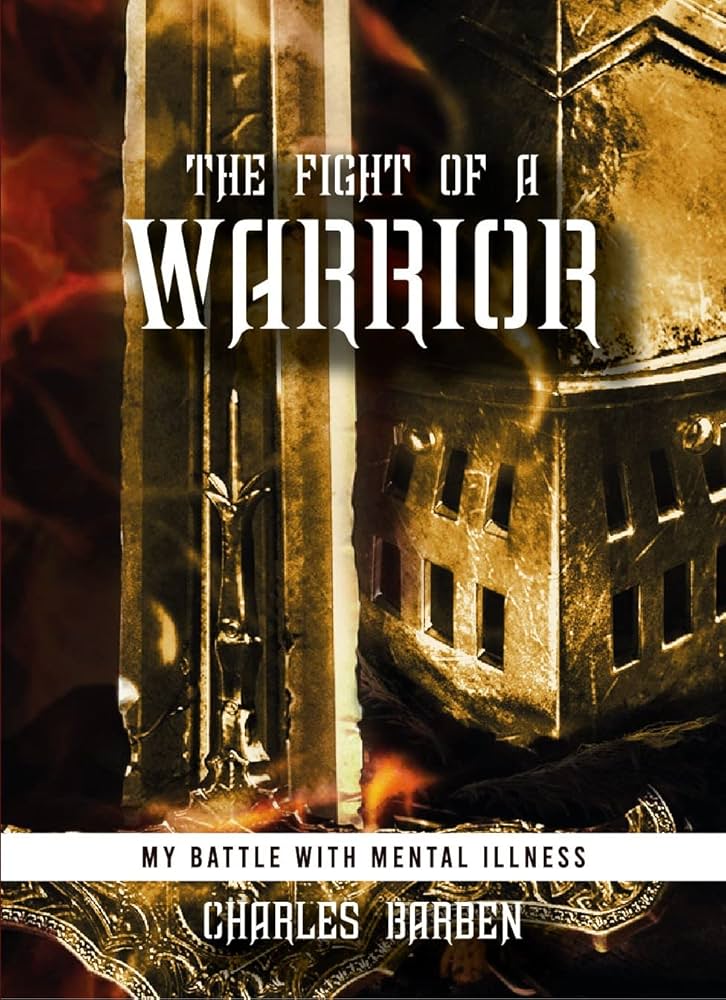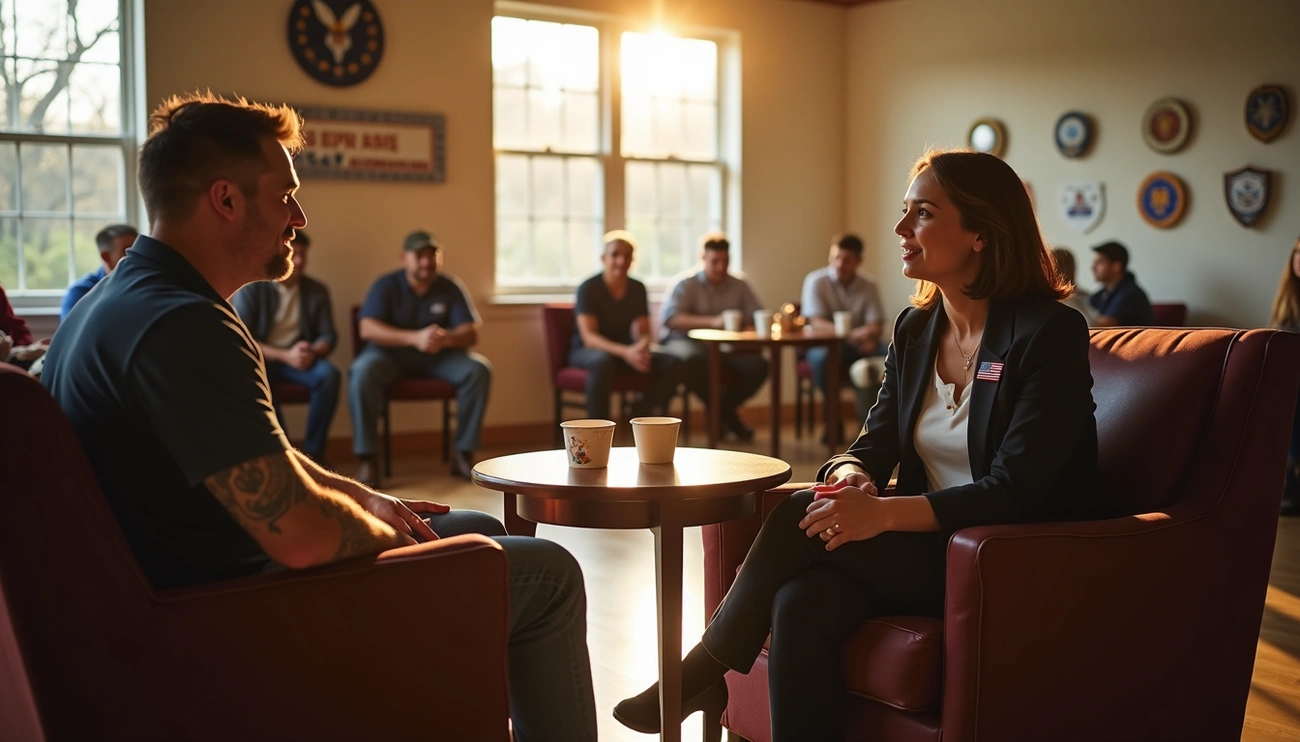The suicide crisis among veterans has reached critical levels. Veterans face a 1.5 times higher risk of dying by suicide compared to non-veteran adults. They represent just 7.6% of the U.S. population but account for 14% of all adult suicides in America. This tragic situation continues to worsen. Suicide deaths have climbed by 36% between 2000 and 2022. Young veterans under 45 now list suicide as their second leading cause of death.
The numbers tell a heartbreaking story. Every day, 18 veterans lose their lives to suicide. The annual toll keeps rising – from 6,146 deaths in 2020 to 6,407 in 2022. The risk runs even higher for women veterans, who die by suicide at rates 2.1 times above the general population. Making matters worse, suicide prevention efforts don’t reach many veterans because only 47% have enrolled in the VA Healthcare System.
This piece looks at how Veteran Affairs Programs (VAPs) tackle this crisis through early prevention strategies. We’ll see their methods at work and learn how these programs measure their success. Real cases demonstrate the positive effects in lowering suicide rates among veterans. These approaches help us provide better mental health support to those who served our nation.
Understanding the Role of VAPs in Upstream Suicide Prevention
Image Source: MIRECC / CoE
Veterans Affairs programs now focus on early intervention rather than waiting for crisis situations. This approach aims to address the underlying causes of suicide risk before veterans reach their breaking point. The programs work to reduce risk factors and strengthen protective elements that contribute to overall wellbeing.
These programs deliver vital services that meet basic needs: employment assistance, housing support, educational opportunities, life skills training, mental health services, and community connection. Many organizations serving veterans don’t explicitly call their work “suicide prevention,” yet their efforts directly affect factors linked to suicide risk.
The VA implements a complete public health strategy that reaches beyond individual veterans to their peers, family members, and communities. This approach recognizes several interconnected factors in suicide prevention:
- Risk factors: service-related injuries, transition difficulties, chronic pain, sleep problems, relationship issues, and access to lethal means
- Protective factors: strong social connections, sense of purpose, belonging, quality healthcare access, resilience skills, and financial stability
Community-based interventions have successfully reduced suicide rates in a variety of populations. The VA has partnered with SAMHSA to launch the Mayor’s and Governor’s Challenges. These initiatives bring together government and community stakeholders to develop regional suicide prevention plans. Such strategic collaborations help programs reach veterans who might never seek traditional VA services.
Building Evaluation Capacity Within VAPs
Image Source: FasterCapital
VSOs are crucial for preventing veteran suicides, but they find it hard to measure results because they lack time, resources, and evaluation know-how. The CDC Foundation teamed up with the Centers for Disease Control and Prevention in 2018 to fix this problem through the VSPE Program. So far, they’ve helped 24 VSOs.
This work matters even more because most veterans who die by suicide—over 6,400 individuals in 2022 alone—don’t participate in Veterans Health Administration care. They rely on community resources instead. VSPE teaches organizations how to gather data, check if their programs work, and make changes based on what they learn.
The program created the VSPE Resource Hub, which offers free evaluation tools:
- Core Toolkit: Plain language guidance on key evaluation concepts
- Practice Workbook: Step-by-step implementation guides
- Additional Resources: Curated links to trusted materials
Brandon Healy from Operation Stand Down Tennessee shared: “The program has taught us where we can make improvements to help with upstream veteran suicide prevention”. Melissa McKnight from Vets Recover called the program “invaluable” for developing thorough evaluations.
This approach helps VSOs build lasting skills, boost their credibility, and provide better services to veterans at risk.
Case Studies: How VAPs Are Making a Measurable Difference
Image Source: Nature
Several veteran assistance programs show great success in reducing veteran suicide through informed approaches. America’s Warrior Partnership (AWP) runs its Community Integration Model in nine affiliate communities and helps over 60,000 veterans and their families. Their prevention program connects veterans with housing, healthcare, employment, and educational resources before any crisis happens.
The Warrior Alliance (TWA) connects veterans to vital services. Their work with the CDC’s Veteran Suicide Prevention Evaluation program helped them build better intake processes and partner management systems. Their partner network grew from 17 to 35 community organizations, and their outreach went up by 35% in 2022. TWA also created a statewide veteran legal service network that tackles risk factors early.
Objective Zero Foundation’s mobile app helps veterans find peer support and mental health resources. The app became much more effective after they used feedback from users. Their response rate went up by 300-400% in 2022. Now about 1,000-1,500 people use the app each month.
These organizations value evaluation deeply. TWA’s CEO Scott Johnson puts it well: “evaluation has become an integral part of their culture and is embedded into every operational aspect of the organization”. These programs also cooperate through practice communities and share what they learn to improve veteran support systems across the country.
Conclusion
Veterans die by suicide at much higher rates than other Americans. This stark reality demands a complete and proactive approach to prevention. This piece shows how Veteran Affairs Programs work to prevent suicide by tackling risk factors early. These programs save lives without doubt. They focus on basic needs like stable housing, jobs, healthcare access, and ways to stay connected.
The ability to evaluate results plays a crucial role in preventing veteran suicide effectively. The Veteran Suicide Prevention Evaluation initiative gives organizations the tools they need to measure their effect and improve their methods. Organizations ended up serving veterans better through this informed approach. VAPs can now show their worth while making their services better continuously.
Success stories from America’s Warrior Partnership, The Warrior Alliance, and Objective Zero Foundation prove that early prevention strategies work well. These organizations soared to success by taking an integrated approach. They understand how mental health, physical wellness, social bonds, and daily life challenges affect each other. On top of that, their steadfast dedication to thorough evaluation helps direct resources to programs that work best.
Stopping veteran suicide needs everyone’s help – from government agencies to community groups, healthcare providers and everyday citizens. The biggest problems still exist, but the innovative strategies shown in this piece give real hope. These proven programs continue to grow and reach more veterans. They are a great way to get closer to reducing suicide risk and honoring those who served our country.
Key Takeaways
Veterans face a critical suicide crisis, with 18 veterans dying by suicide daily and rates 1.5 times higher than non-veterans. Here are the essential insights about how Veteran Affairs Programs (VAPs) are addressing this challenge:
• Upstream prevention saves lives: VAPs focus on addressing root causes like housing, employment, and social connection before veterans reach crisis points, proving more effective than reactive interventions.
• Community-based programs fill critical gaps: Since only 47% of veterans are enrolled in VA healthcare, VAPs serve the majority who depend on community resources for support.
• Data-driven evaluation improves outcomes: Organizations using CDC’s VSPE toolkit see measurable improvements—The Warrior Alliance expanded partnerships by 35% and Objective Zero increased response rates by 300-400%.
• Holistic approaches work: Successful programs like America’s Warrior Partnership serve over 60,000 veterans by addressing multiple risk factors simultaneously rather than treating symptoms in isolation.
• Collaboration amplifies impact: VAPs sharing evaluation knowledge and best practices through communities of practice create stronger, more effective veteran support networks nationwide.
The evidence is clear: comprehensive, community-based upstream prevention strategies combined with rigorous evaluation can significantly reduce veteran suicide rates and save lives.
FAQs
Q1. What are VAPs and how do they help prevent veteran suicide? VAPs (Veteran Affairs Programs) are organizations that focus on upstream suicide prevention by addressing root causes of veteran distress. They provide services like employment assistance, housing support, and community connection to reduce risk factors before veterans reach a crisis point.
Q2. How effective are community-based interventions for veteran suicide prevention? Community-based interventions have proven highly effective in reducing suicide rates among veterans. They help reach veterans who may not seek services through traditional VA channels and address multiple intersecting factors that contribute to suicide risk.
Q3. What is the VSPE program and how does it benefit veteran-serving organizations? The Veteran Suicide Prevention Evaluation (VSPE) program, initiated by the CDC Foundation, helps veteran-serving organizations build evaluation capacity. It provides tools and training to collect data, analyze program effectiveness, and implement evidence-based improvements in their services.
Q4. Can you provide an example of a successful VAP and its impact? America’s Warrior Partnership is a successful VAP that has implemented its Community Integration Model across nine communities, serving over 60,000 veterans and their families. Their program proactively connects veterans with essential resources before crises occur, demonstrating the effectiveness of upstream prevention strategies.
Q5. How do VAPs differ from traditional clinical mental health services? While clinical mental health services focus on treating diagnosed conditions, VAPs take a more holistic approach. They address fundamental needs like employment, housing, and social connection, which are crucial factors in reducing suicide risk among veterans. VAPs often serve as a complement to clinical services, filling gaps in care for veterans not enrolled in the VA system.


Leave a Reply